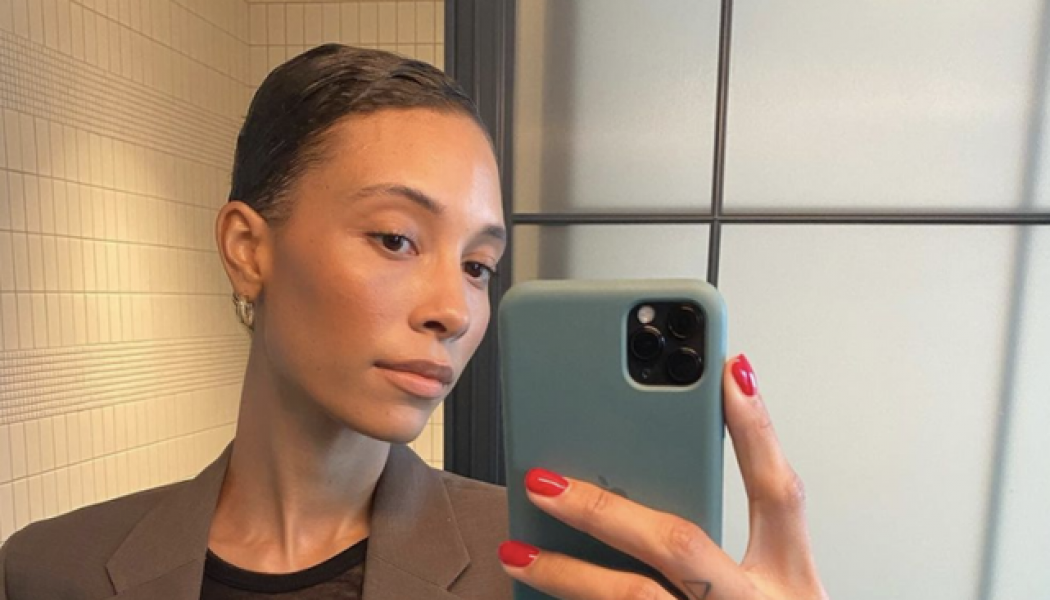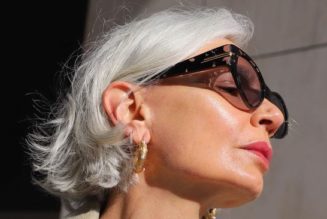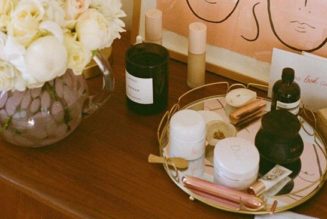
According to Jeanniton, WOC are commonly charged with caring for some specific skin conditions. “My approach to skincare for women of colour has two priorities: optimising skin health and keeping hyperpigmentation at bay,” she says. “Physiologically speaking, the skin needs of women of colour are the same as anyone else: UV protection, reduction of oxidative stress, preservation of a healthy skin barrier, and encouragement of cell renewal. But because of heightened sensitivity to inflammation, issues of hyperpigmentation factor prominently into the considerations for this group.”
Sounds familiar, right? Hyperpigmentation is likely the first skincare term you ever learned. “It can take a significant amount of time to restore the skin barrier once compromised. Given that skin of colour can easily become sensitised and respond to insult with stubborn hyperpigmentation, a slow, steady, and patient approach ultimately pays off in the long run,” Jeanniton adds.
Patel agrees. “Melanin is what makes the skin take on so many shades in people,” she explains. “Melanocytes, or pigment-producing cells, get excited and larger when exposed to the sun. These cells are not evenly distributed in anyone on the skin, so some areas of skin, when exposed to the sun, get darker spots, such as sunspots, or darker areas after areas of inflammation (such as after a pimple).”











